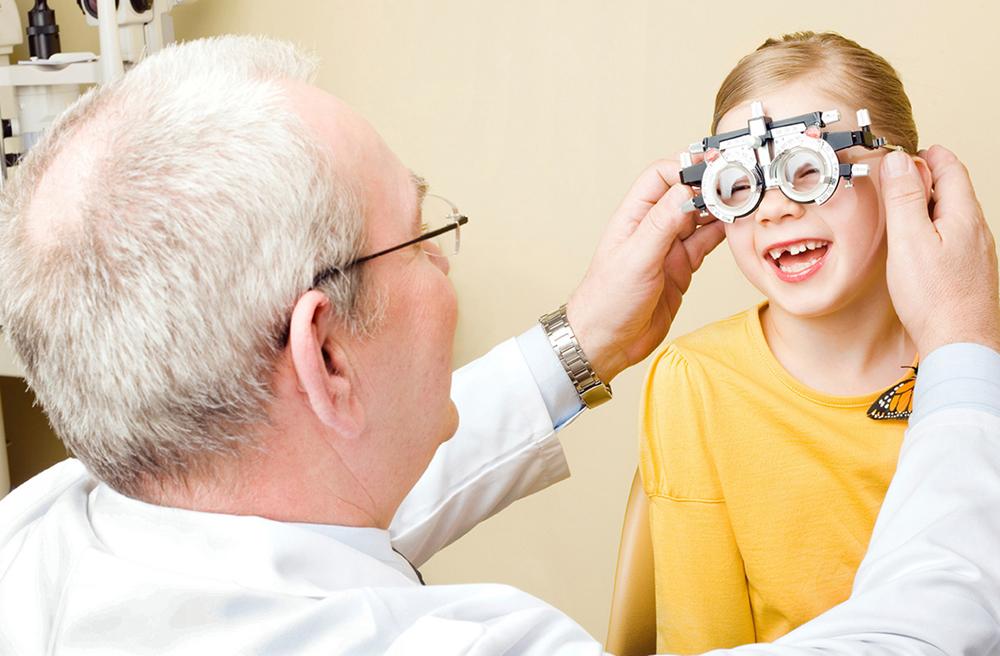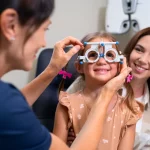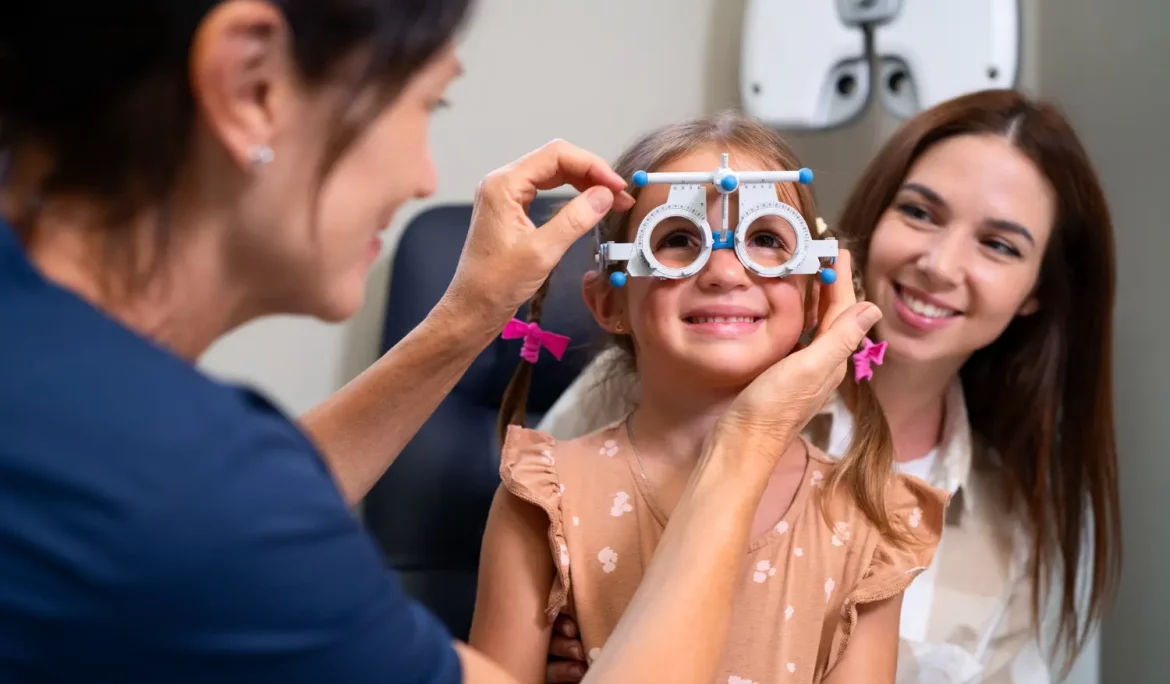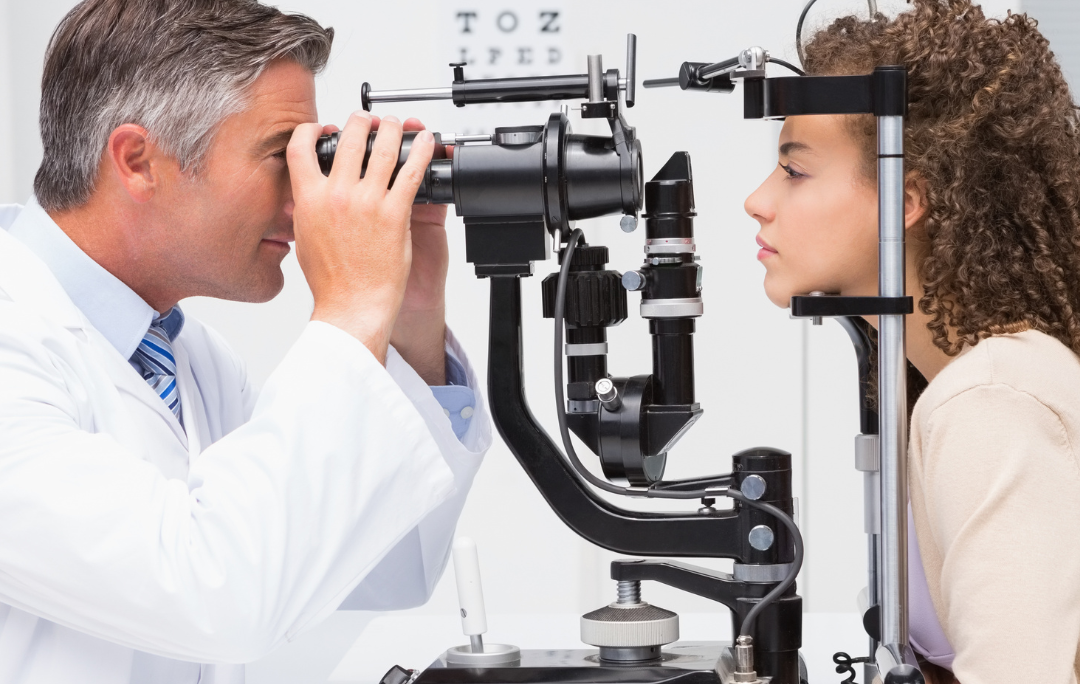Regular eye examinations are essential for maintaining optimal eye health and detecting potential vision problems early on. By undergoing routine eye exams, we can ensure clear vision and safeguard against potential complications.
To help you have a better understanding of the importance of regular crowfoot eye examination, keep on reading.

Understanding the Purpose of Eye Examinations
An eye examination is a comprehensive evaluation of your eye health and visual capabilities. During an exam, an eye care professional assesses your visual acuity, checks for refractive errors, and examines the overall health of your eyes.
This process involves various tests, including visual acuity tests, refraction assessments, and examinations of the internal and external structures of the eye.
Early Detection of Vision Problems
One of the most significant benefits of regular eye examinations is the early detection of vision problems.
By identifying issues in their early stages, prompt treatment and management become possible. Many common vision problems, such as refractive errors, glaucoma, cataracts, and age-related macular degeneration (AMD), can be detected through these exams.
Remember, early intervention not only preserves vision but also helps prevent potential complications and vision loss.
Eye Examinations and Overall Health
Eye examinations offer more than just an assessment of vision. They can also provide insights into your overall health.
A lot of people might not know this but the eyes can act as windows to systemic diseases, such as diabetes and hypertension. An eye care professional may identify early signs of these conditions by examining the blood vessels, optic nerve, and other structures within the eye.
Additionally, there are eye symptoms that indicate neurological conditions like multiple sclerosis or even brain tumors.
Assessing Different Age Groups
Eye examinations are specifically tailored to different age groups to address specific needs. For children, early eye exams are essential for detecting refractive errors and conditions like amblyopia, commonly known as “lazy eye.”
Timely intervention can improve visual development and prevent long-term vision problems. Adults benefit from regular eye exams to monitor vision changes due to aging and to detect age-related eye diseases.
Seniors and the elderly should undergo comprehensive eye examinations to address age-related vision problems and maintain a good quality of life.
Frequency of Eye Examinations
When it comes to the frequency of eye examinations, they usually vary on a number of factors, including age and individual circumstances.
As a general guideline, children and adolescents should have their first eye exam around the age of 6 months, followed by additional exams at preschool age and before starting school. Adults with no apparent vision problems should schedule eye exams every two years, while those with existing eye conditions or risk factors should have annual exams.
For seniors and the elderly, they should have yearly eye examinations to monitor age-related changes and detect any potential issues.
If you’re in Calgary, make sure you visit a crowfoot eye examination.















